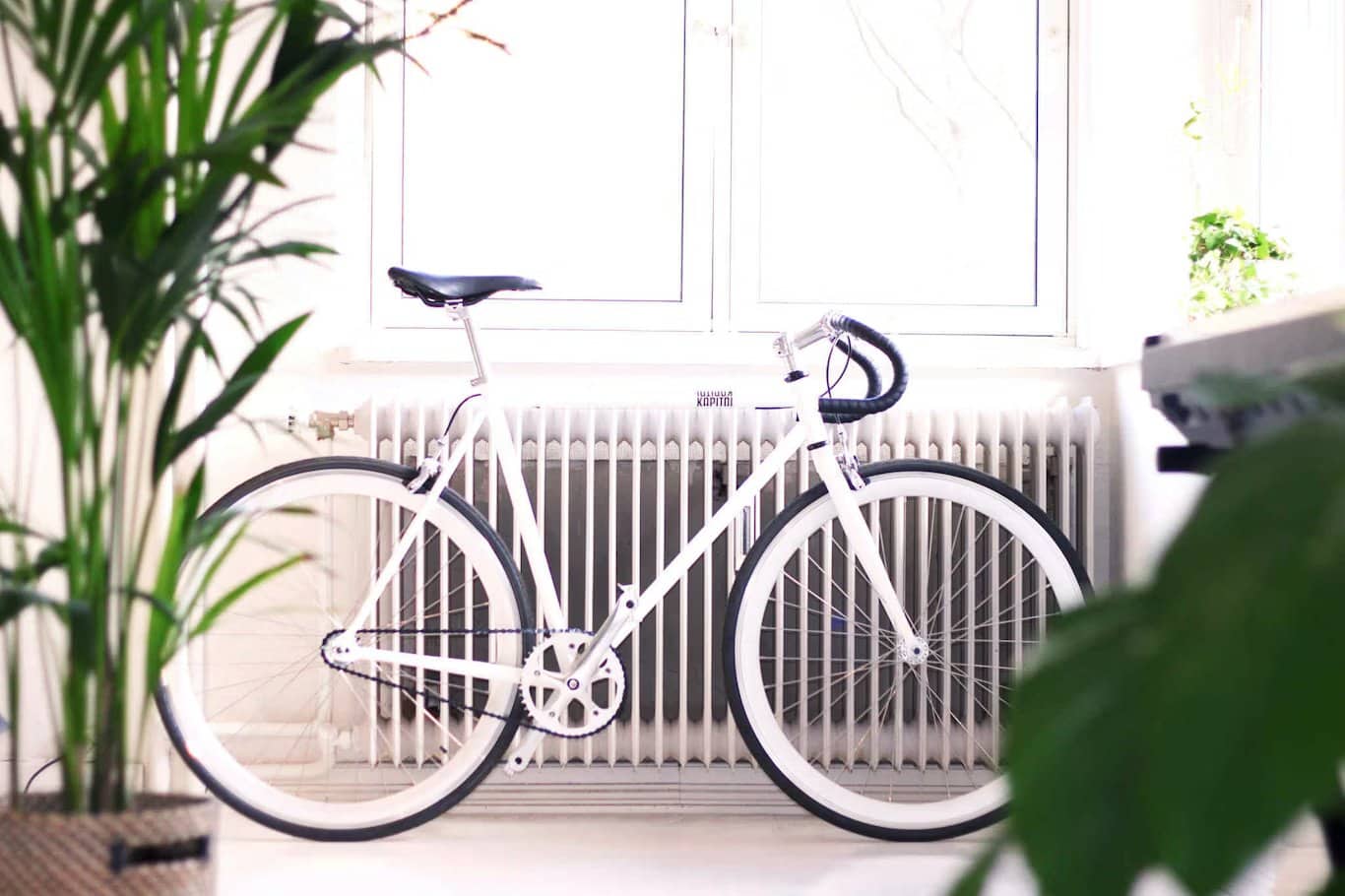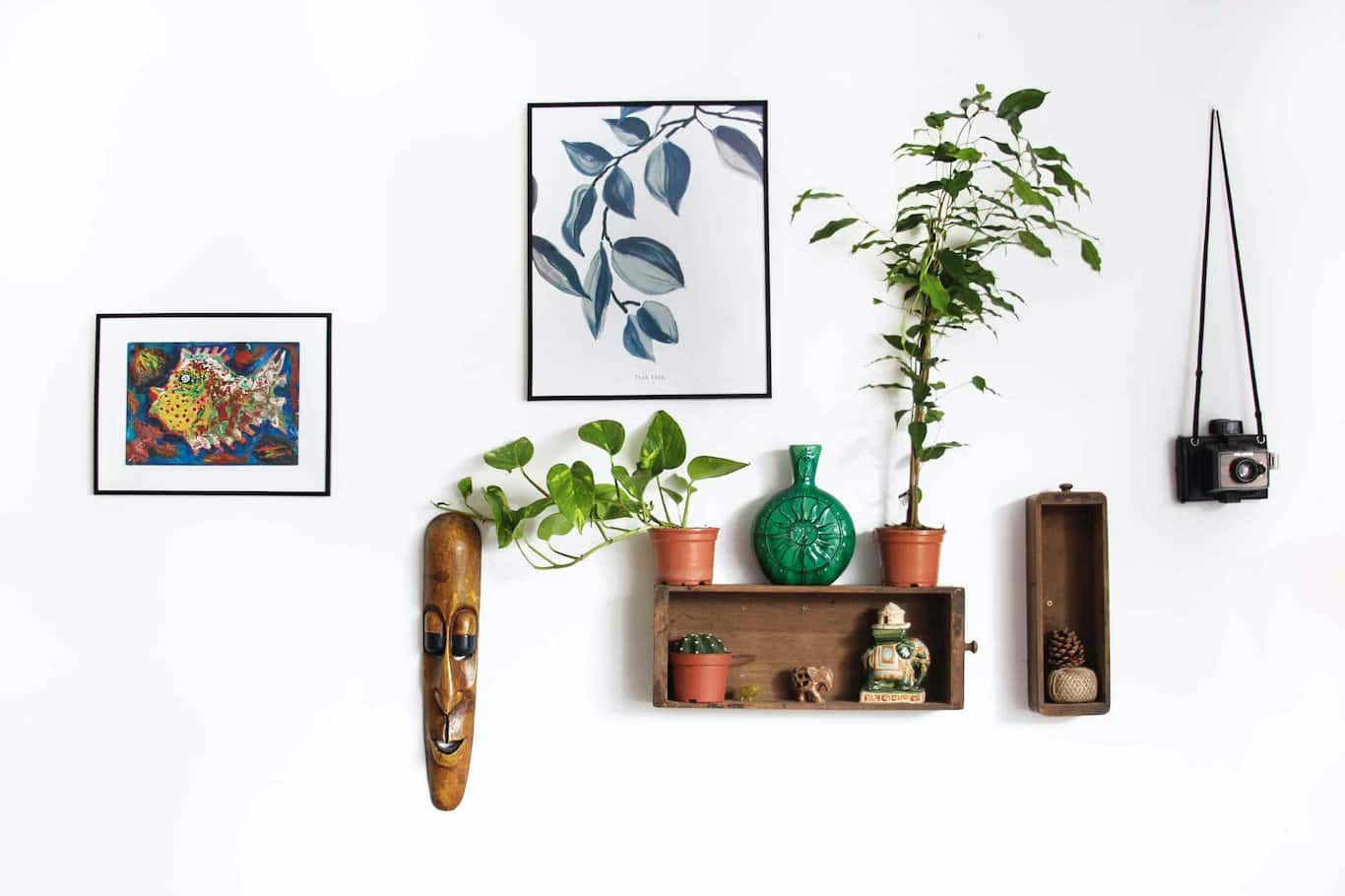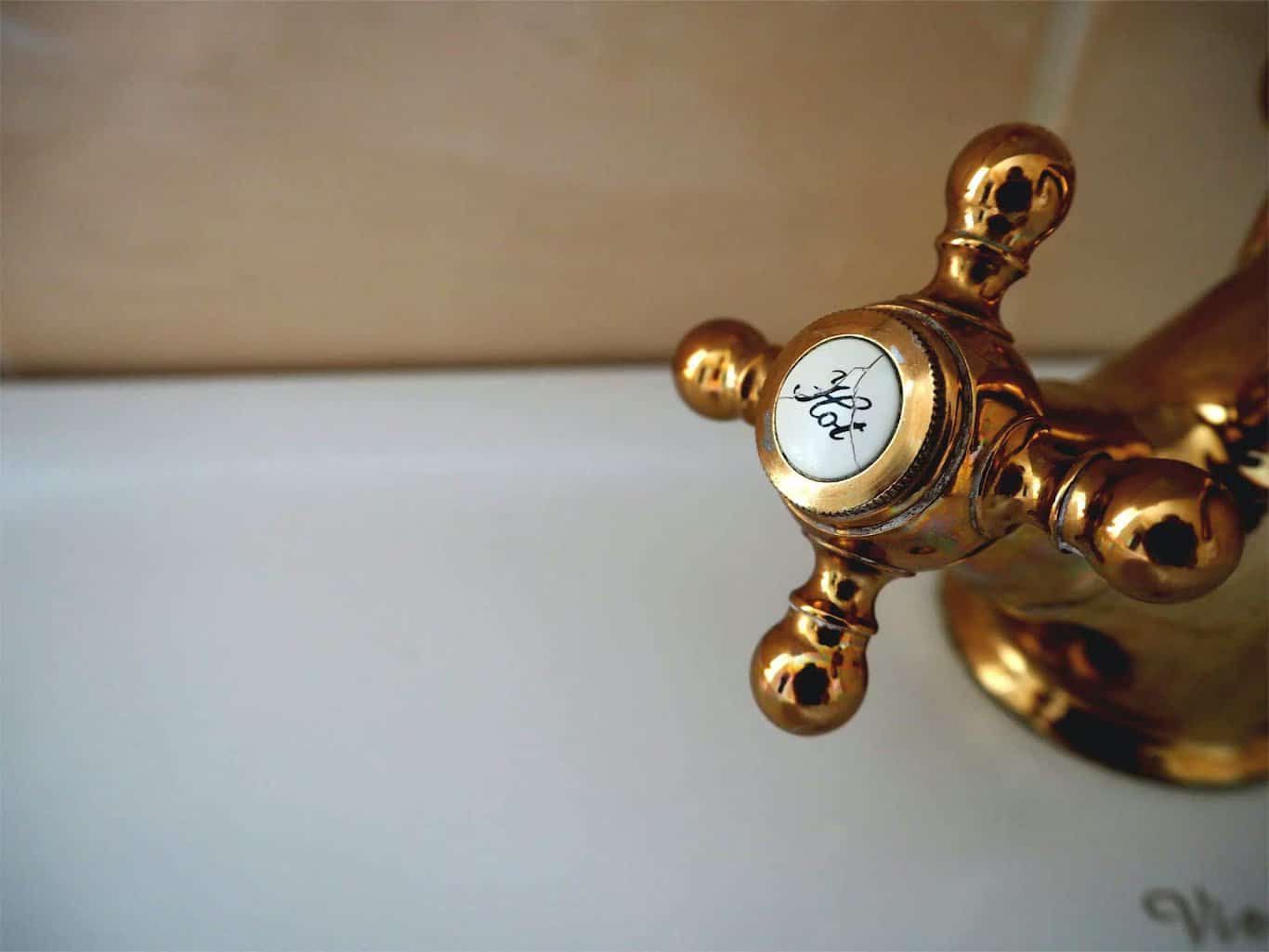Sarah Saker talks us through seven easy ways you can save energy, save the emissions and save some pennies.
With the state of the world being what it is, I’m very thankful that more people are paying attention to what we’re doing to our environment.
Everywhere I look, people are taking more opportunities to recycle, reduce their use of natural resources, and protect the environment we all share. It’s left me feeling more hopeful than I have in a long while.
If you’re one of these people, then that’s brilliant. You may even be wondering how you can do more to save our beloved planet. I’m not naive enough to think that everyone can protect coral reefs or work planting trees. Thankfully, you don’t have to. There’s plenty of things you can do, starting with your very own home.
Use the following seven tips to make your living space more eco-friendly. These tips will help you whether you live in a flat or house. If you plan on renting, you’ll need to find a rental space with leasing terms that will allow you to make these changes to your home.
7 Cost Effective Ways To Make A More Eco-friendly Living Space
1. Cut back on your heating
I know that the weather gets awfully nippy in the winter, but the more heating you use, the more harm to the Earth you’re causing.
Start your eco-overhaul on your living space by keeping your heater at a moderate setting. To compensate, try one of these ideas to stay comfortably warm:
- Wear more layers around your home – especially natural fibres like knitwear.
- Use blankets and sheets made of thicker fabrics, such as wool, to insulate more heat.
- Use a floor rug made of eco-friendly or upcycled materials to keep heat from escaping.
- Use draft excluders around doorways.
Not only will this help contribute to less oil being needed for power, but it will save money on your utility bills too. StudyinUK.org reported that the average utility bill for a one-bedroom flat runs at about £160 per month. Most of that cost comes from electricity and gas heating, so every pound saved helps.

2. Use indoor houseplants plants as decor
Plants are the best natural regulators of carbon dioxide.
Carbon dioxide is one of the major contributors to rising greenhouse gases. By keeping plants in your home, you’re reducing your carbon footprint while also improving the air quality in your home.
Plants will absorb carbon dioxide, as well as other harmful toxins and replace them with clean oxygen. Not only that but houseplants cost far less than most traditional decor items, like sculptures and wall fixtures, saving you money.
What are the best plants to have indoors?
Some of the best and cheapest, plants you can get to reduce carbon monoxide include:
- Areca Palm
- Lady Palm
- Rubber Plant
- Boston Fern
- Peace Lily

3. Start a compost heap
If you have a garden, start a compost pile.
Compost works as a natural fertiliser, helping plants grow strong and healthy. This means you won’t have to invest in fertilisers that contain harmful chemicals the soil will absorb. It also reduces the amount of water needed to keep plants healthy, helping you save on your water bill.
Urban Composting: Why It’s Time To Get Your Worm On
4. Replace traditional light bulbs with CFLs
CFLs, or Compact Fluorescent Light Bulbs, are an inexpensive way to be eco-friendly.
The Huffington Post reported that they can cut your energy use up to 66% compared to traditional light bulbs. This will not only reduce the cost of your electric bill but also reduce greenhouse gas emissions into the ozone layer.

5. Use your microwave more than your oven
Believe it or not, you can reduce the amount of electricity you use by relying on your microwave. Microwaves use around 50% less energy than an oven.
If you do need to use your oven, bake as many dishes at the same time as you can. It will reduce the overall time the oven is on, as well as the power generated to bring an oven to the desired temperature.
6. Turn off your tap
Turning off your tap completely is not only a great way to reduce waste but to save money.
Environmental charity, Hubbub, reckon that each of us uses around 150 litres of water every day on washing, cleaning and cooking. According to them shutting the tap off when you brush your teeth saves six litres of water a minute.
Make sure that you turn off your tap completely and that it isn’t dripping. If you have a leaky one, have it repaired quickly so you’re not only wasting water but your money as well.
Reduce your shower time to around four minutes (long enough for most songs to run through once) and think about changing your shower head (some water suppliers have free ones to reduce water waste).
Check out Is It Really Green? Everyday Eco Dilemmas Answered for more on water and energy usage at home.

7. Unplug your electronics when not in use
Whether you realise it or not, your electronics continue to use electricity even when they’re turned off. TVs are some of the worst violators and draw power in standby mode for up to 17 hours a day.
The only sure way to completely stop the electric drain is to unplug your appliances when not in use.










